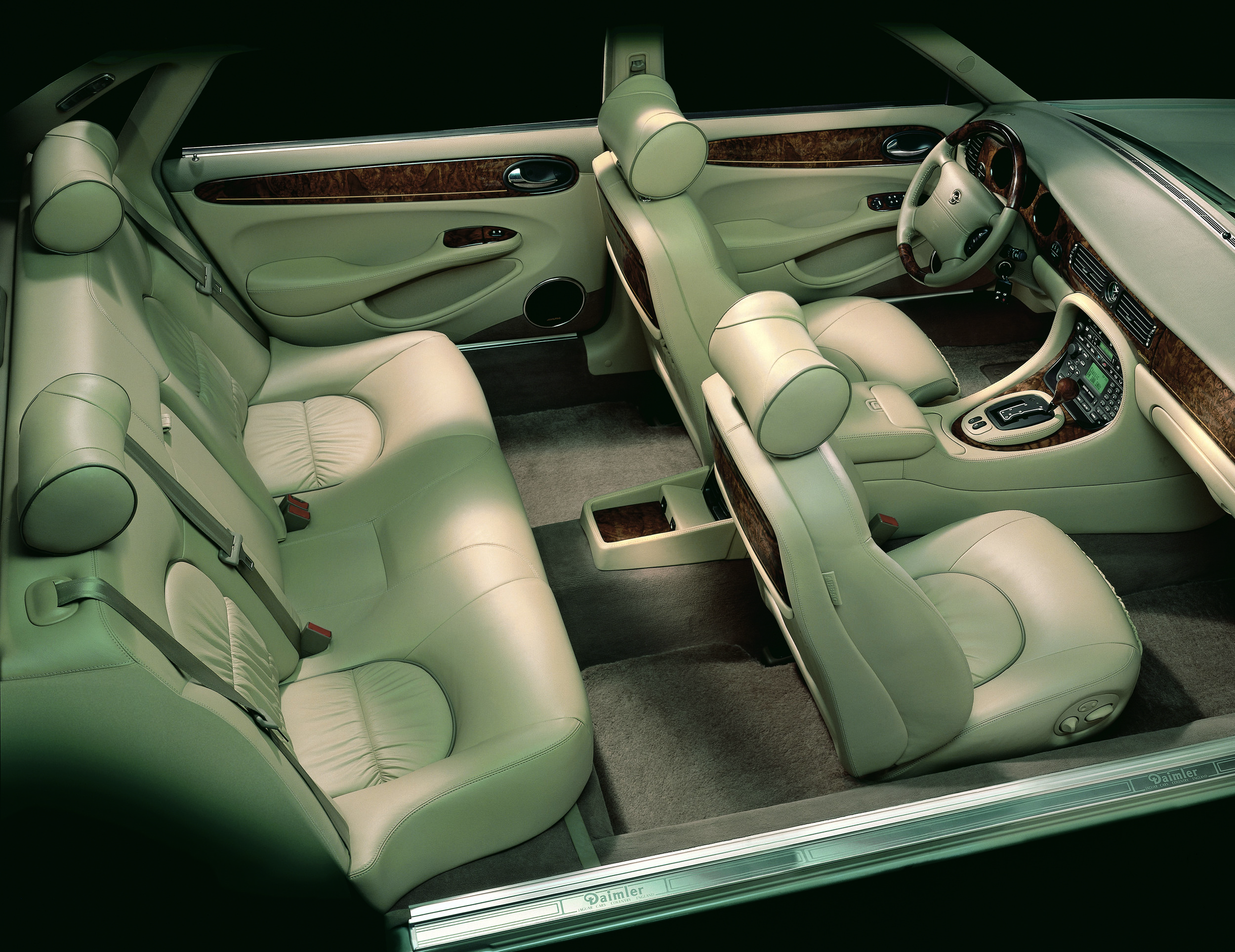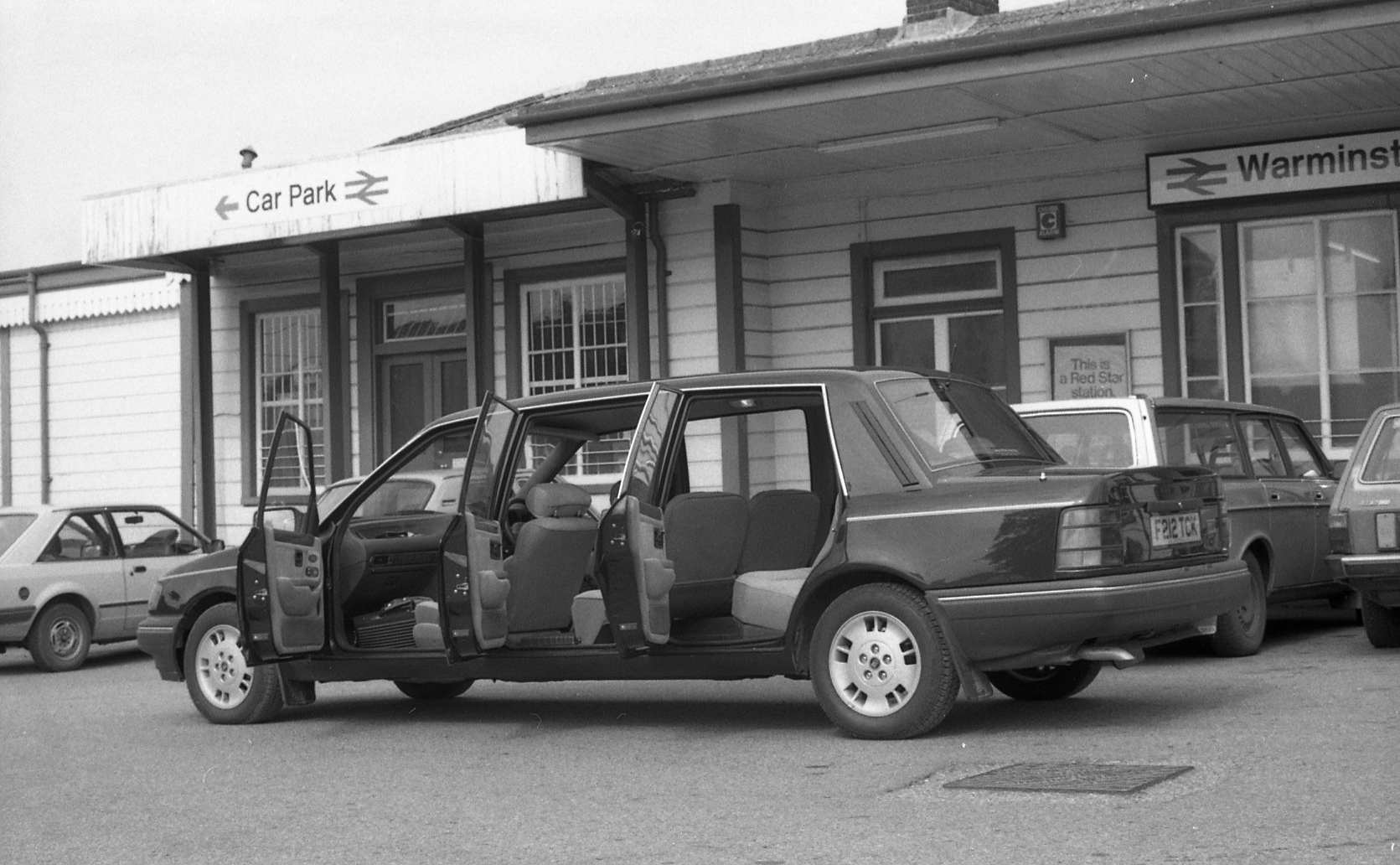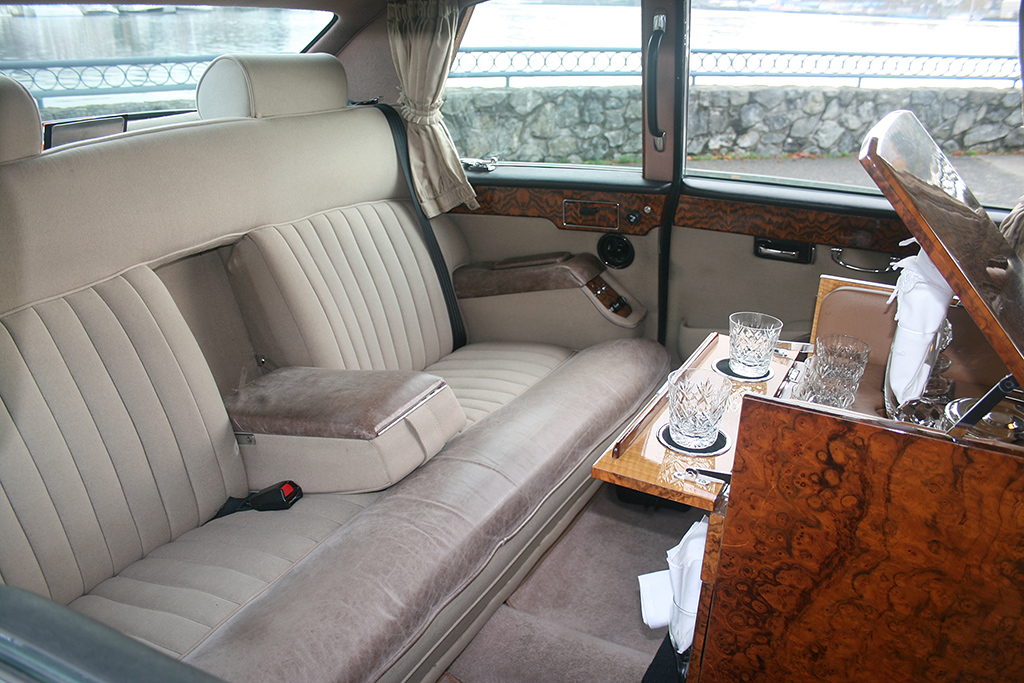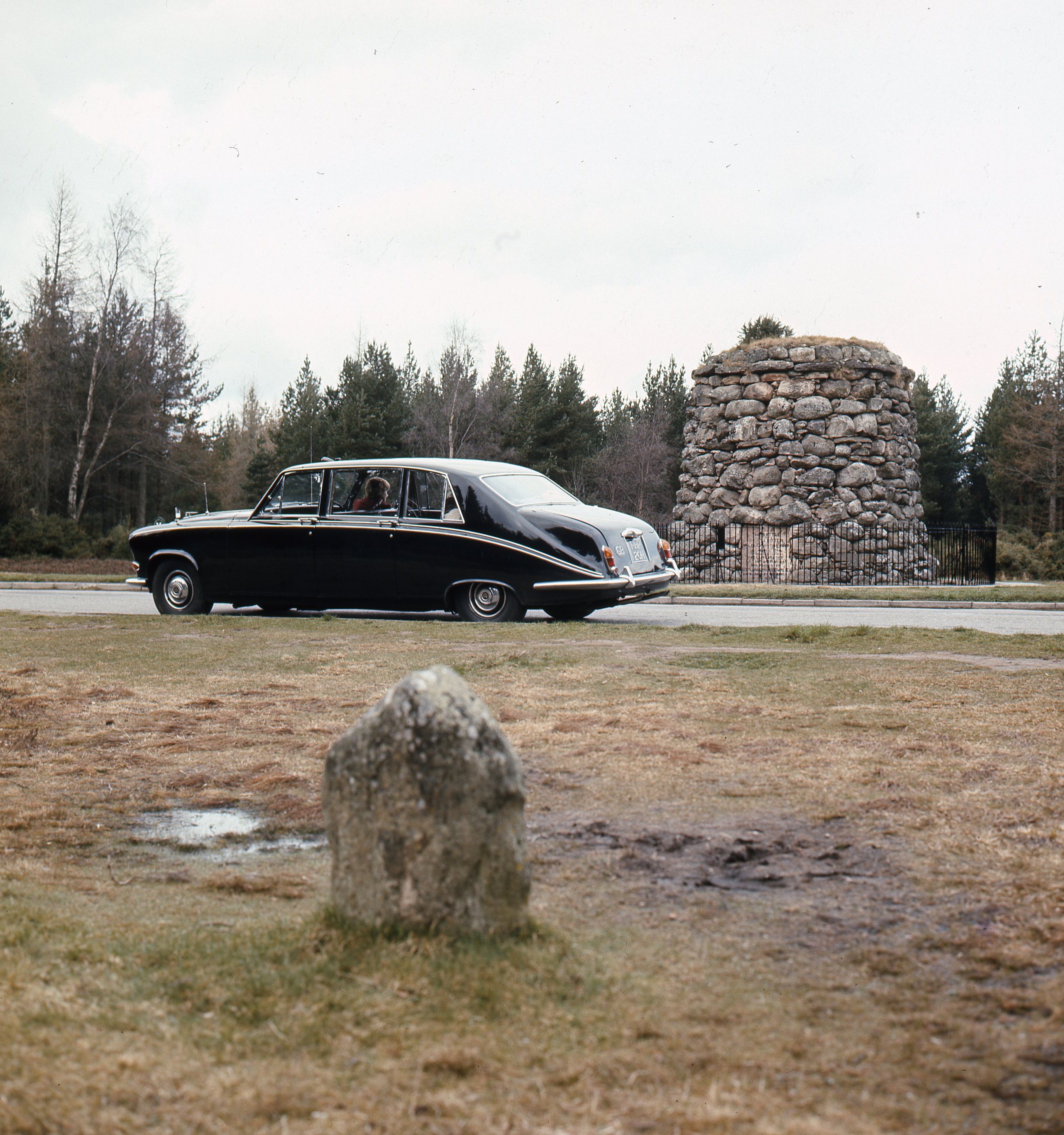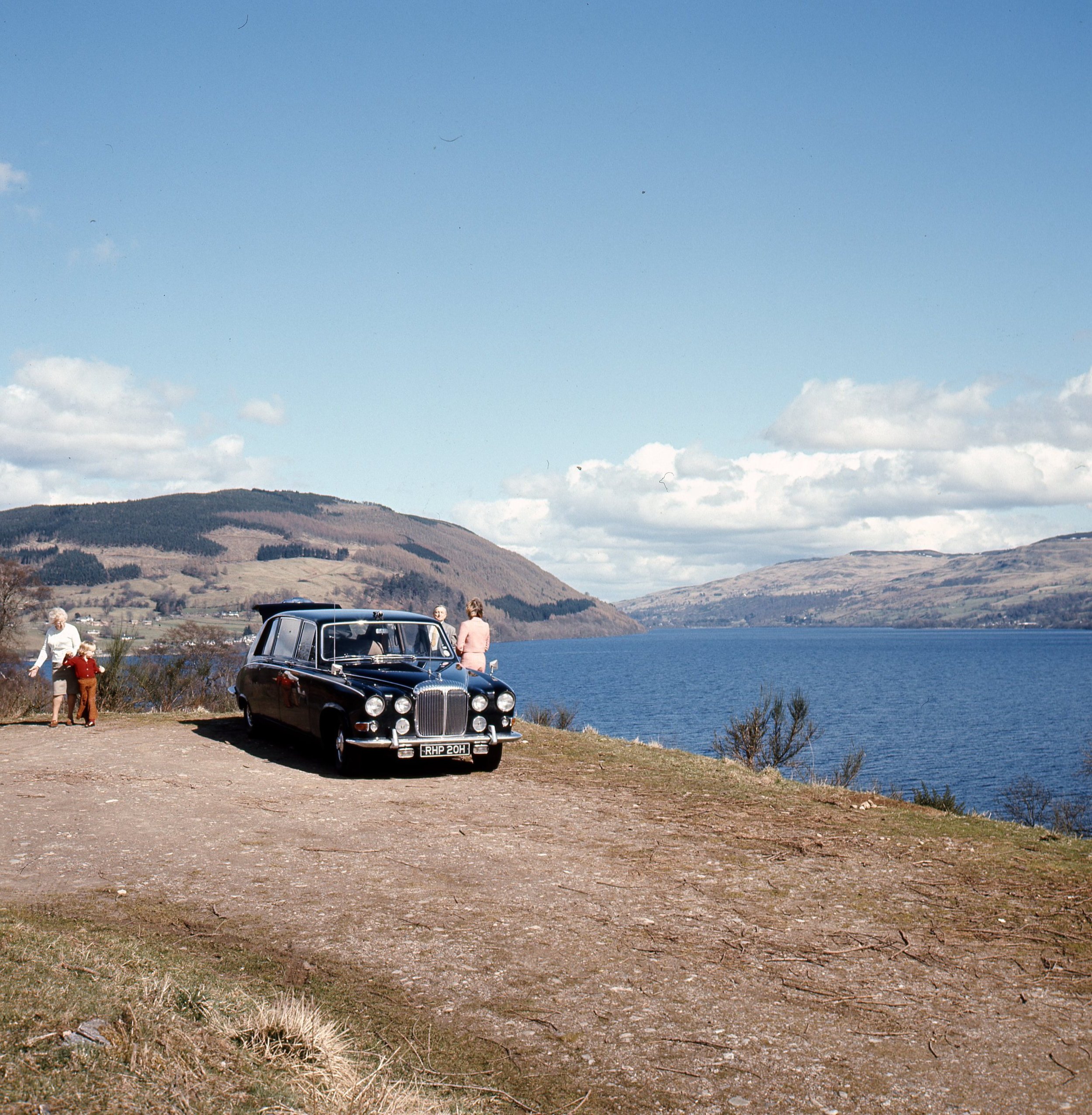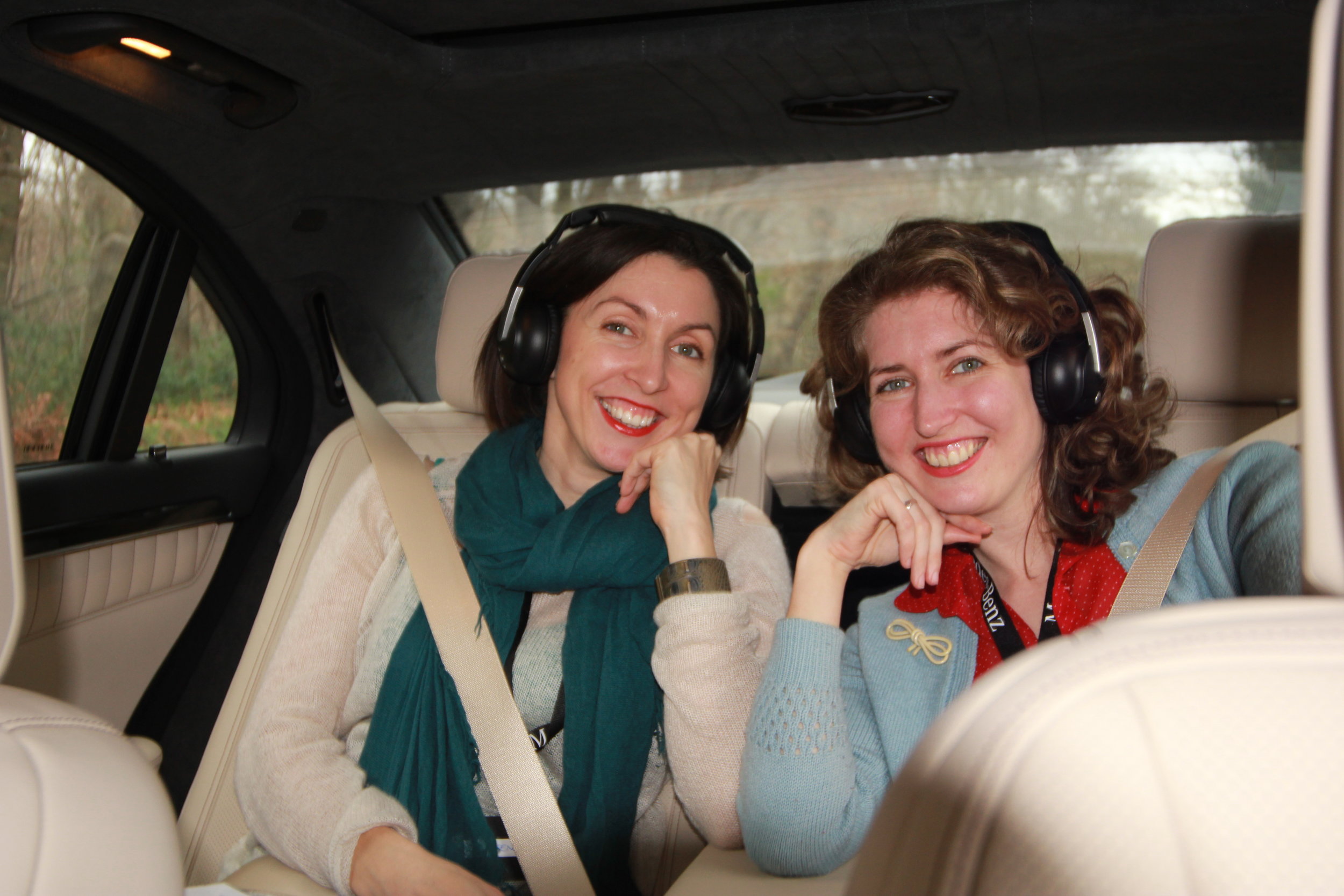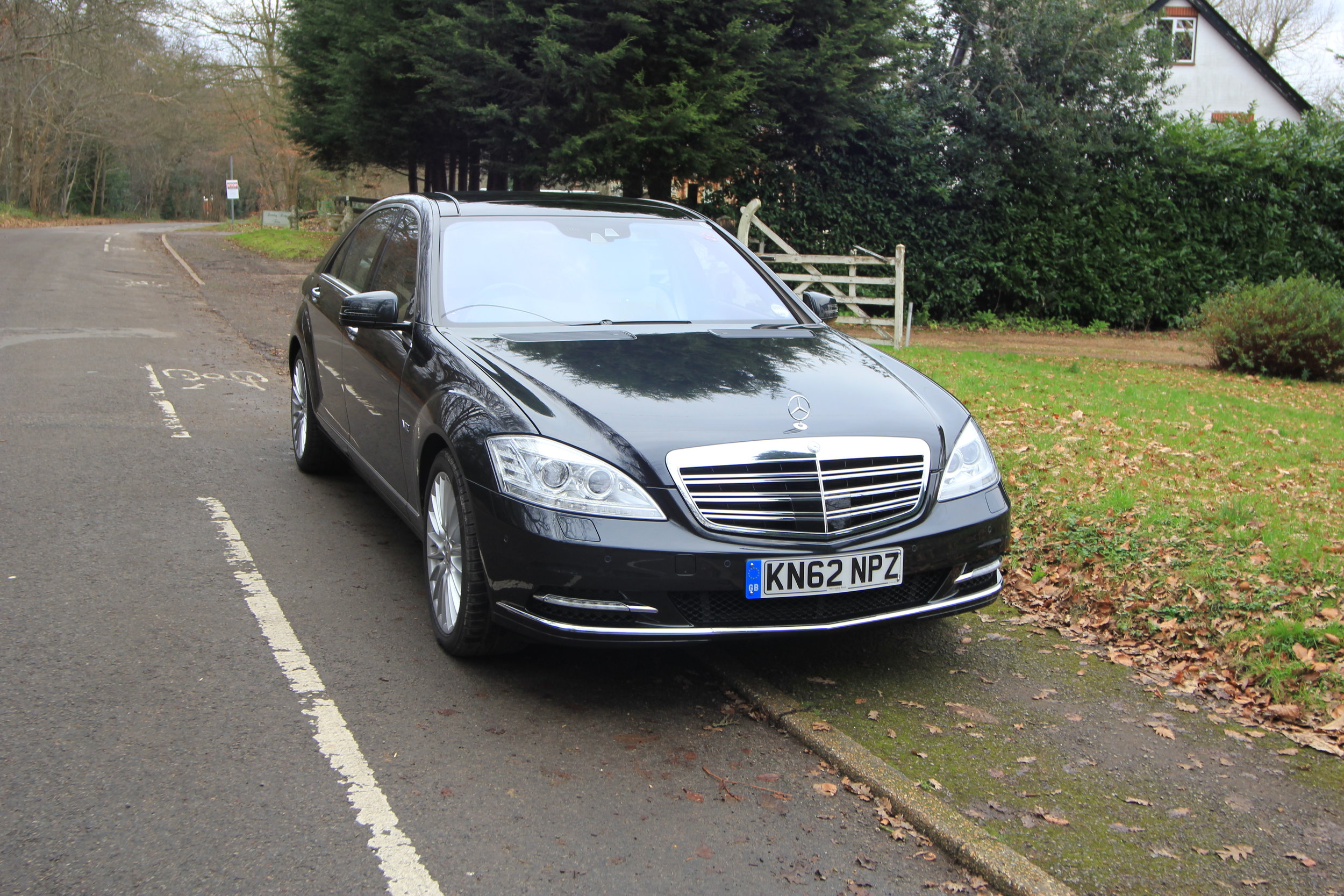Bristol 404s (like this) of the 1950s were magnificent. Spectacular two-door coupes with two tiny trendy tailfins on a well- proportioned sloping rump and known as “a businessman’s express.” It was not a sports car; it was too well mannered for that, it was tastefully furnished and did 110mph but only 40 or so were made. At £3330, when you could get a perfectly good 130mph Jaguar XK 140 for £1616, there was not much demand.
Ironically, although express businessmen did not endure a blanket speed limit when the 404 was made 1953-1955, and no motorways where they could enjoy one, disincentives for fast company cars have grown. With the anti-speed brigade threatening revenue-raising cameras between Glasgow or Edinburgh and London, businesspeople are choosing to fly.
This is a fractious option. Delays and uncertainties, cancelled flights and diversions play havoc. City centre to city centre times have stretched along with travellers’ patience, and while boardroom members or shareholders might cadge lifts on the company jet, senior executives have to look at alternatives. Going by scheduled airline is becoming not worth the hassle.
Long distance train operators like GNER and Virgin work hard encouraging people to take the train. Virgin is particularly keen and recently offered anyone with an airline stub between London and Manchester free first class travel on the way back. Virgin and GNER have first class lounges at big stations, and half the Virgin Pendolino trains (Glasgow/Birmingham to London) are now first class, showing how keen the train line is to attract business passengers.
Virgin offers first class travellers a cooked breakfast, snacks and drinks all in the price of the ticket. Sometimes a first class ticket can be cheaper than standard class and on GNER Business Class passengers have WiFi, access to emails and internet, free.
But as with flying, if you do not live hard by Waverley Station, and your meeting is an hour’s drive from the middle of Birmingham there are built-in delays.
It is time to restore the corporate limousine. Most were consigned to oblivion as economy measures when all they were used for was ferrying executives to short-haul lunches. Now a company car, with driver, is a practical alternative to flying or long-haul trains. It is no use expecting department heads to drive. They do not pilot the plane or conduct the locomotive. Company cars with chauffeurs should make a comeback as one of the most convenient means of point-to-point travelling ever invented.
1) Relax in a Jaguar. An old school XJ had lots of legroom and low road noise. 2) Ford Scorpio stretched by Coleman Milne for the hire trade, I tested in 1988. 3) Daimler by Ascot Limousine Services with cocktail cabinet. 4) Daimler Limousine I tested in Scotland in the 1970s by the Culloden Battlefield.
A wide back seat is relaxing, you can read, make phone calls, use a laptop, listen to the radio, watch TV and you do not have to share the space with anybody. Motorway travel is smooth and quiet, you can have a soothing gin and tonic and above all write your own timetable. A late meeting can be extended for as long as it takes.
Unfortunately car manufacturers have got out of the habit. Limousines, real ones that is, with a glass division between the driver and the back are rare; casualties of political correctness. Even the Cabinet rides in democratic Jaguars where the postilion can overhear and then profitably leak affairs of state. Or even affairs of other sorts.
Reversion to the time-honoured distinction between the chauffeur and the chauffed could do no harm. Pulling the curtains and drawing the blinds might even while away idle hours. Stretched versions of Fords and others are made for the funeral trade but that is not what’s wanted. Nor is it necessary to go up-market into Rolls-Royce territory. And white stretched American wedding cars are heavyweight freaks, with impossible handling and implausible provenance.
Company executives need something with a bit of dignity, but not too expensive, like the Sheerline and Princess made by Austin from 1948 to the mid-1950s. They were lorry technology in Saville Row suits, yet looked aristocratic and at £1,470 in 1950, less than half the price of a Bentley and about a third of a Rolls-Royce.
Humber made the Pullman, with so much floor space there was room for a pair of fold-down seats, but they suffered when municipalities stopped buying them. Limos were never egalitarian and proved an embarrassment for small-town provosts.
One of the last corporate, purpose-made limousines was the magnificent 1979-1992 Daimler, based on the Mark X Jaguar, with the proud prow and sweeping lines of 1950s coachbuilt cars. There was space to stretch your legs, it was upholstered in supple leather or West of England cloth, and although the high speed handling was not quite Jaguar, the ride was superbly smooth. A discreet cocktail cabinet was optional.
The driver sat upright, the fuel consumption would have made a Boeing blink, yet for climate-controlled tranquillity it was hard to beat. In 1987 it cost £31,950, less than half the price of a Rolls-Royce and not much more than a top Jaguar.
Town-to-town executives could want for nothing more. With a trustworthy driver, who could organise a fish supper or a champagne repast, proffer Jeeves-style advice when invited, or simply find his way from Peebles to Pontefract and back, a company Daimler had no peer.
Scotland on Sunday 10 September 2006
1) There was space to carry picnic sets in the Daimler. Road testing was a family affair. That’s the sales director of Carbonautica in the middle. 2) The Daimler by Loch Ness (I think). 3) Just to even things up here are his sisters (some years later) in the back of a road test Mercedes-Benz. 4) The Mercedes.

